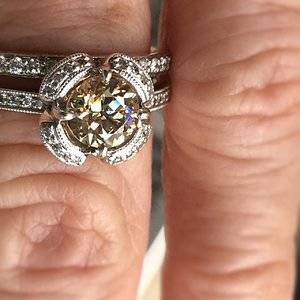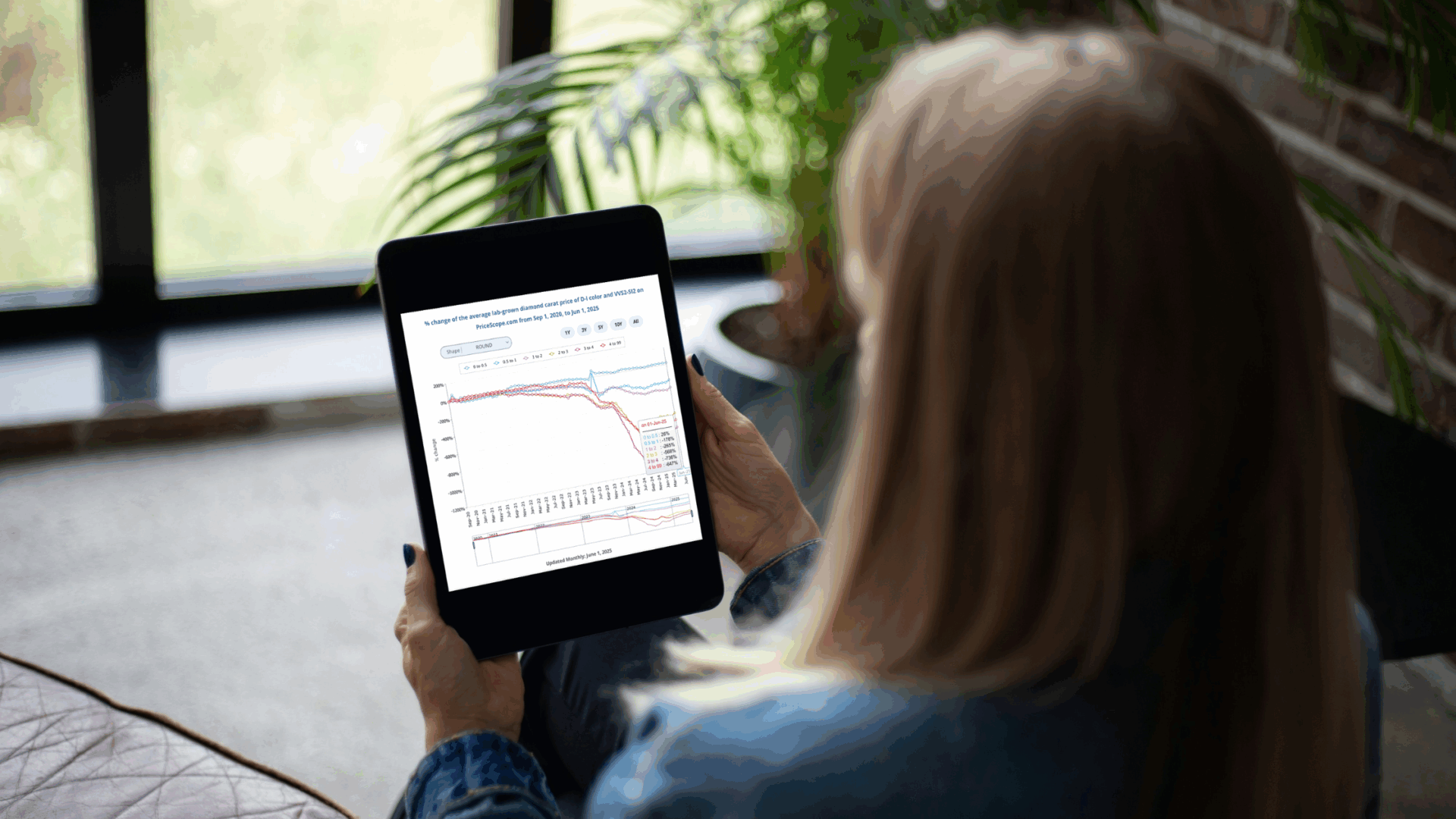 I have put this ring up for sale and someone asked if the diamond is certified. It isn’t. Am I making a mistake by setting a price without getting an expert opinion on the center stone? I set a low price, but was OK with that because I would love to have someone buy and enjoy it, but now that the buyer has brought up GIA I am now concerned that I might really just be giving it away.
I have put this ring up for sale and someone asked if the diamond is certified. It isn’t. Am I making a mistake by setting a price without getting an expert opinion on the center stone? I set a low price, but was OK with that because I would love to have someone buy and enjoy it, but now that the buyer has brought up GIA I am now concerned that I might really just be giving it away.Then again, by the time I send it to GIA and possibly polish the girdle and consign it, I might not do much better price-wise.
Thoughts???







300x240.png)